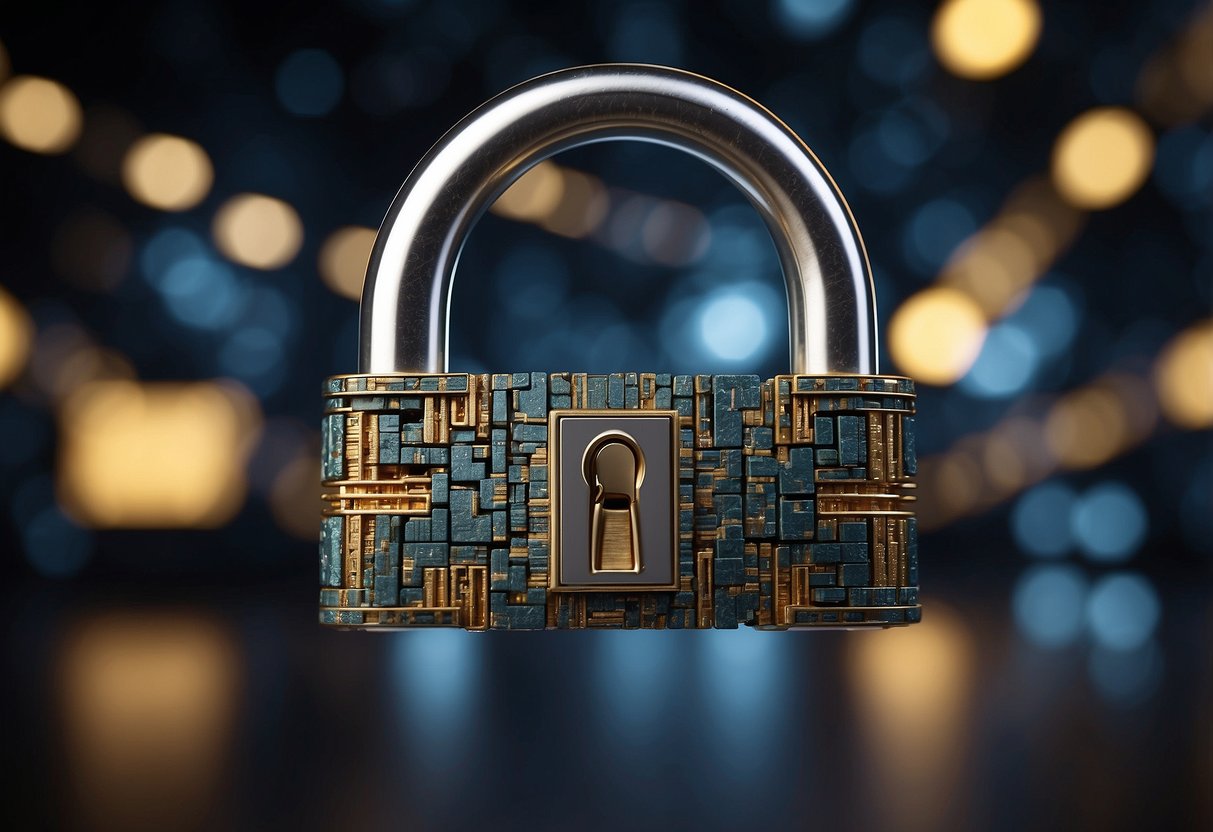
Compliance and Regulatory Considerations
Understanding how blockchain technology relates to compliance and regulatory standards, including GDPR, is crucial. Blockchain’s immutable nature poses unique challenges and opportunities for meeting various regulatory requirements and ensuring security compliance.
Adhering to GDPR and Other Regulations
The General Data Protection Regulation (GDPR) emphasizes the protection of personal data. Blockchain’s design challenges compliance with GDPR principles, particularly the right to be forgotten. Once data is recorded on the blockchain, it cannot be easily altered or deleted, posing a challenge for GDPR compliance.
Moreover, GDPR mandates data minimization and purpose limitation, which can conflict with blockchain’s transparent and ever-growing ledger. Companies need to find innovative solutions, such as off-chain storage or permissioned blockchains, to align with these regulations.
Various other regulations, like the California Consumer Privacy Act (CCPA), also impose stringent requirements. Addressing these laws while leveraging the benefits of blockchain technology calls for careful strategies and collaboration with regulators.
Blockchain and Security Compliance
Security compliance involves adhering to specific standards and certifications to ensure robust data protection. Blockchain inherently provides some security advantages, such as cryptographic hashing and decentralized consensus mechanisms. These features enhance data integrity and resilience against tampering.
Certifications like ISO/IEC 27001 require rigorous security controls, and integrating blockchain can support compliance with these standards. Nonetheless, organizations must conduct thorough security assessments and continuous auditing to maintain compliance.
Collaborating with auditors who understand blockchain technology is essential. They can provide insights into achieving compliance with various security standards and frameworks. Blockchain can be a powerful tool for compliance, but it requires a strategic approach tailored to the specific regulatory landscape.
Cybersecurity Threats and Blockchain Solutions

As cybersecurity threats become more sophisticated, blockchain technology offers promising solutions to enhance data security and protect against fraud and hackers.
Combating Cyber Threats with Blockchain
Blockchain technology provides a decentralized approach to data security. Unlike traditional centralized systems, blockchains distribute data across numerous nodes, making it more difficult for cyber-attacks to succeed. Each transaction is recorded in a secure, transparent ledger, which reduces the risk of unauthorized alterations.
The immutability of blockchain records ensures that once data is entered, it cannot be changed or deleted. This feature is crucial in preventing cyber-attacks that rely on tampering with historical data. Decentralization also means that even if one node is compromised, the integrity of the overall network remains intact.
Protection Against Data Breaches
Data breaches are among the most significant cybersecurity threats businesses face today. Blockchain technology plays a vital role in minimizing these risks by encrypting data and distributing it across multiple nodes. This makes unauthorized access much more challenging for hackers.
Additionally, blockchain networks often use consensus mechanisms to validate transactions. These mechanisms require agreement from multiple nodes before any data can be added, ensuring that only legitimate transactions are recorded. This process significantly reduces the risk of data breaches arising from internal fraud or external cyber-attacks.
Resilience to Fraud and Hackers
Blockchain’s inherent transparency and security features offer robust protection against fraud and hacker activities. The transparent nature of blockchain allows for real-time monitoring and auditing of transactions, making it easier to detect fraudulent activities and respond swiftly.
Smart contracts, which are self-executing agreements coded into the blockchain, can further enhance security. These contracts automatically enforce agreed-upon terms and conditions, reducing the risk of manual errors or intentional fraud. By eliminating intermediaries, blockchain reduces points of vulnerability that hackers might exploit.
Blockchain technology provides a resilient framework against various forms of cyber threats, making it a valuable tool in modern cybersecurity strategies. Its design ensures that data remains secure, authenticated, and resistant to unauthorized access and fraudulent activities.